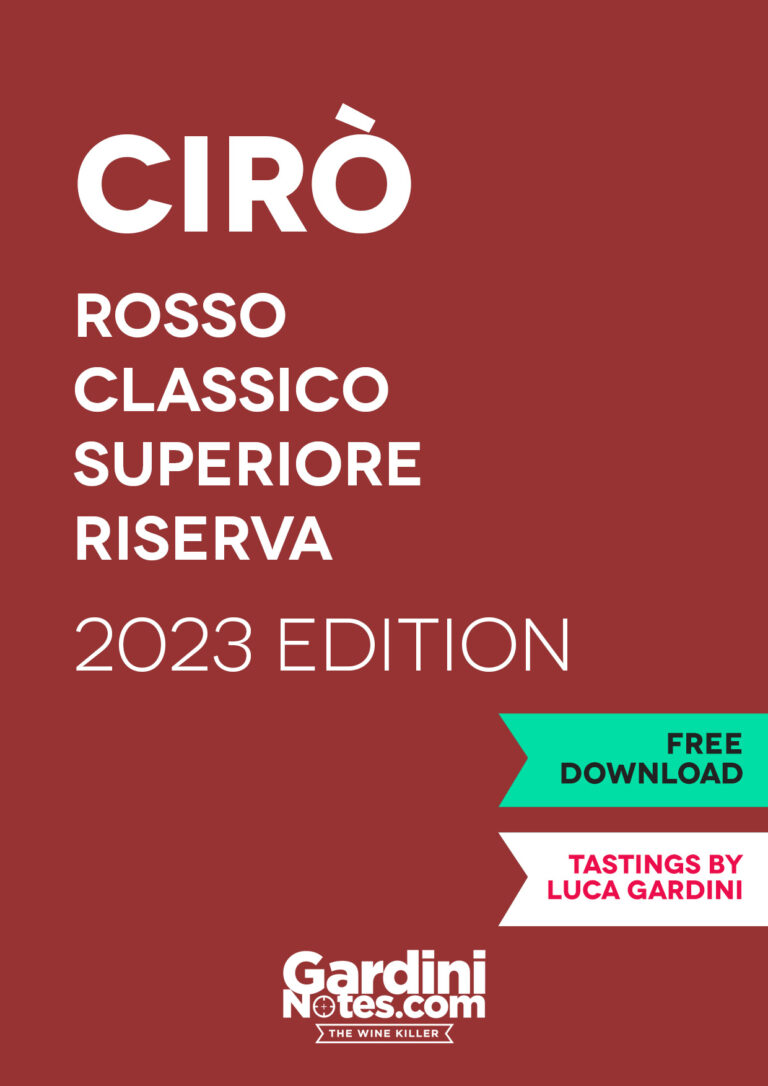Located in the Northern part of Italy, which borders Austria, South Tyrol is one of the smallest wine production zones of Italy. Nevertheless, it has a high number of vineyards of varying sizes, all dedicated to cultivating a little more than 5000 hectares.

The vine cultivation of South Tyrol consists mostly of white grapes, which amount to 60% of the total production. The most common are:
• Pinot Blanc: a vine of great elegance and acidity. Cultivated in 10% of the territory.
• Chardonnay: very popular in the area surrounding Bolzano and in Valle dell’Adige.
• Riesling: great acidity with an equally long lasting quality. In South Tyrol it is often vinified with almost no sugar, contrary to other parts of Europe.
• Gewürztraminer: literally “spiced/aromatic” Traminer, present in 10% of the overall territory.
• Sauvignon Blanc: cultivated in 7% of the territory, the most suited areas are South Tyrol and Val Venosta.
• Pinot Gris: it makes up a little more than 10% of the cultivated surface of the region.
• Grüner Veltliner: this grape is used to make pleasantly aromatic wines, it’s a specialty of the central part of Valle Isarco.
• Kerner: variety born from the union of Trollinger and Riesling. Late harvest grape. Very widespread in Val Venosta.
• Sylvaner: it grows very well in Valle Isarco.

Completing the list of white varieties there are Moscato Giallo, Veltliner, and Müller Thurgau. Some excellent white wines of South Tyrol are often products of the combination of some of the aforementioned varieties.
The Southern Tyrolean area also offers red grape production. The most widespread are Lagrein, Muscat Rosé, and Vernatsch. However, some international varieties such as Pinot Noir, Cabernet Sauvignon, Merlot, and Zweigelt are equally popular.
Lagrein: Grown on little more than 500 hectares, Lagrein is the native vine of South Tyrol par excellence. After a period of decline it was resumed with great vigor during the 70s of the past century, with ever-growing success among the public.
Pinot Noir: present in South Tyrol since the nineteenth century, grown on little more than 520 hectares mainly in the high altitude areas such as Mazon, Gleno and Pinzano, the so-called Blauburgunder is a juicy and lively red wine, not excessively complex, that brings out the aromas of undergrowth.
St. Magdalener: Real viticultural heritage of the area around Bolzano, St. Magdalener is cultivated in a sunny zone of around 160 hectares that corresponds to the Classic area (Santa Maddalena, Santa Giustina, San Pietro, Rencio and Coste). It’s a blend made with great prevalence of Vernatsch and small contribution of Lagrein.
Other Red Wines: The so-called ‘Bordeaux blends’ of South Tyrol have a historical great success, thanks to the peculiar characteristics that international vines develop in the unique Tyrol’s microclimate. These are wines marked by freshness and drinkability, with quality results that definitely make this area one of the ‘homelands’ of international blends in the world.
Sweet Wines: Another typology of great importance of South Tyrol, sweet wines have here a success not comparable to other areas of Italy, derivating in part from the rigidity of the climate. Whether it’s late harvest or wines obtained by drying traditionally from white varieties such as Gewürztraminer or Gold Muskateller, recently sweet wines from red varieties have been spreading, such as Lagrein and Muscat Rosé.
The territory of South Tyrol is commonly divided into seven production areas, each one with characteristics that make it unique.
- Bassa Atesina: heights up to 1000 meters above sea level, calcareous rocks, and dolostone, particularly in Termeno area.
- Bolzano: area of red wines mainly, such as Lagrein and Vernatsch.
- Oltradige: the most renowned and important areas are those of Appiano and of Lago di Caldaro. Slight prevalence of white varietals.
- Valle dell’Adige: wines of strong flavor. The DOC Alto Adige Terlano is born here, and it’s characterized by a blend of white grapes, in particular Chardonnay, Pinot Blanc, and Pinot Gris.
- Valle Isarco: adoptive homeland of Riesling and Sylvaner. Here the wines produced are almost exclusively white.
- Merano: primarily red grapes.
- Val Venosta: thin and sandy soils, which often translate into very elegant wines.
98% of the cultivation surface of South Tyrol is protected by the DOC Alto Adige.


2021 VINTAGE
2021 vintage has benefited a lot from a harvest that took place later compared to previous years, but in optimal weather conditions. Thanks to the strong temperature range which occured throughout all spring – the temperatures measured in April 2021 have been the lowest recorded during the last 20 years – phenolic ripening of fruits resulted perfect and in particular helped white grapes to develop great aromatic potential. Frosts have been quite rare, but rainfalls – absent during spring and very copious between July and September – were offset by a beautiful end of summer, which allowed the closure of the ripening in perfect conditions. In general, the ‘whites’ (of excellent medium quality, with cases of absolute quality) are better than the ‘reds’ (good medium quality, with some excellent interpretations among Pinot Noir and Lagrein, for which we can predict one of the best vintages ever). As usual, the preventive work carried out in the vineyards is becoming more and more important since the cold months, when it is possible to guide the growth of the vines according to the season that they are going to face. We also have to consider a generalized delay of the harvesting period, which even reached two weeks during 2021.











